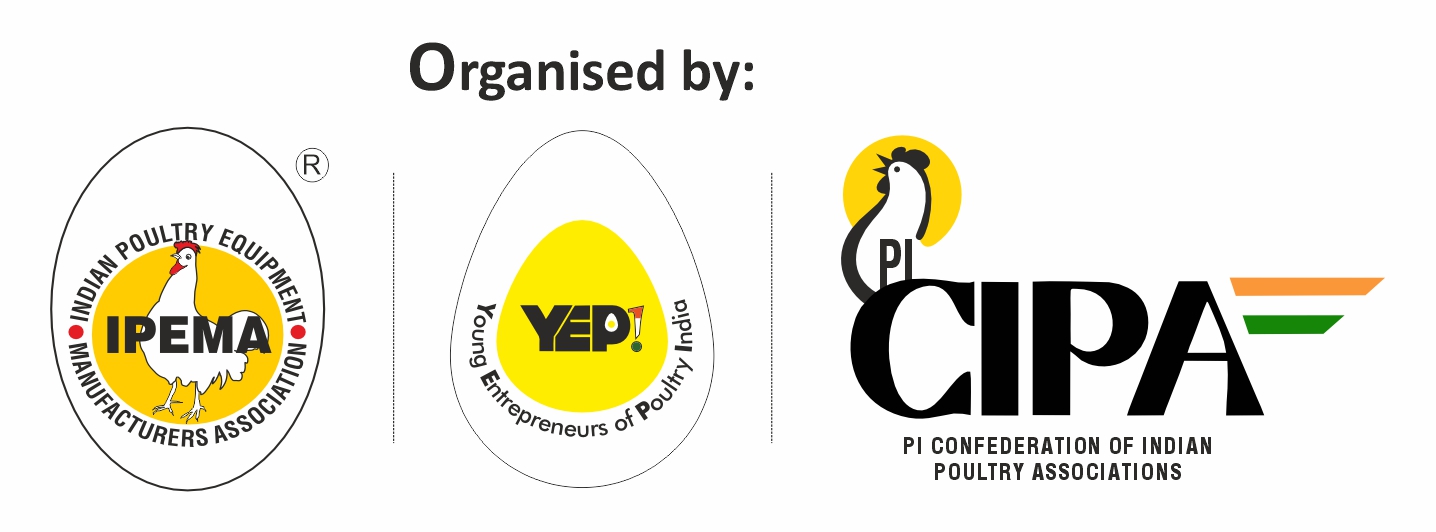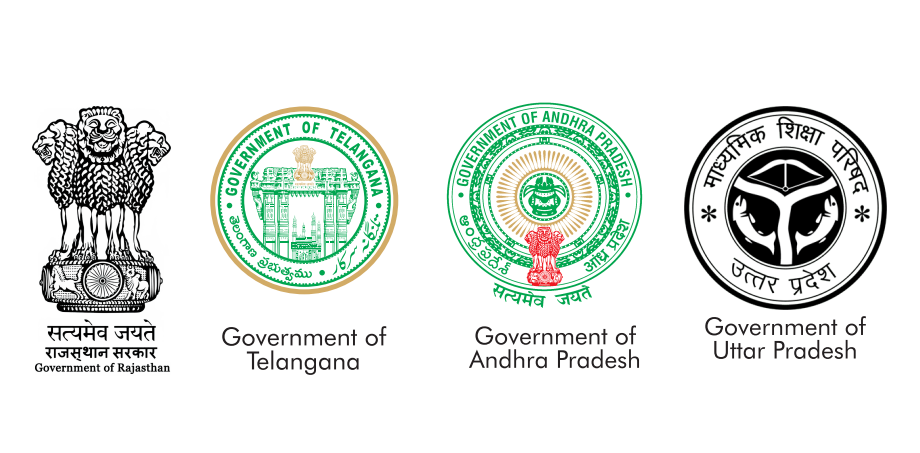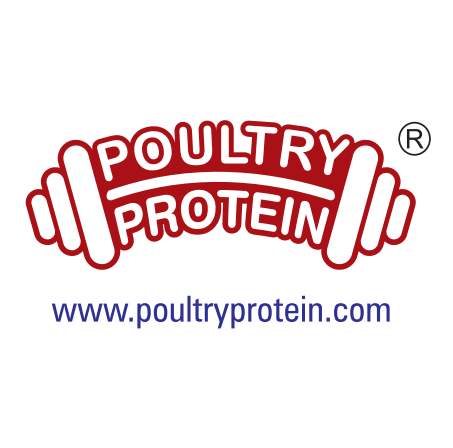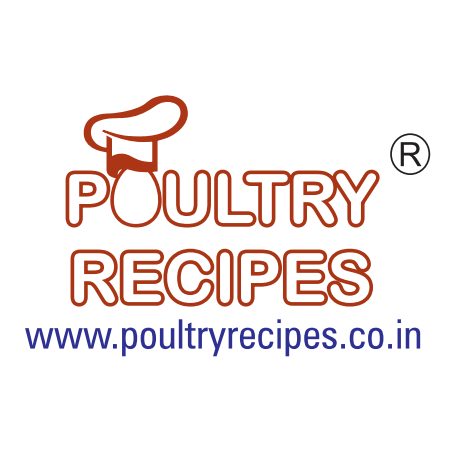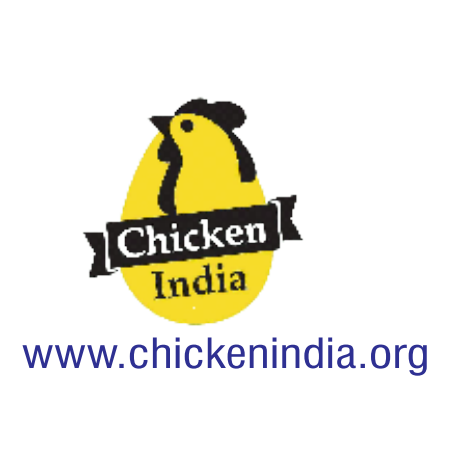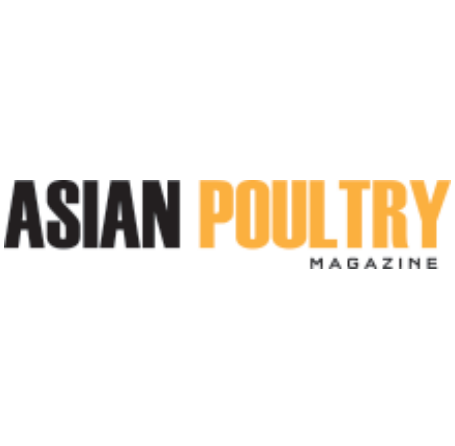Poultry production: all you need to know
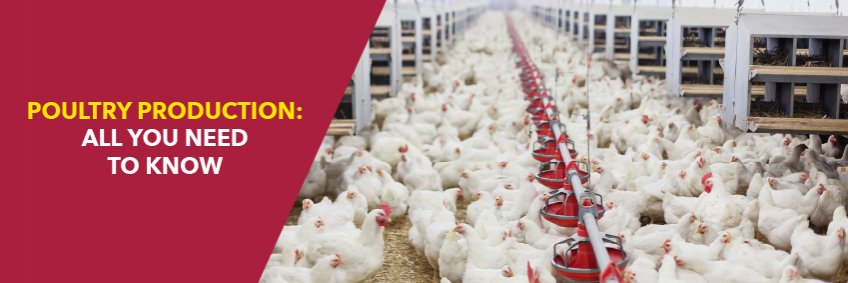
The production process of broilers starts with the breeding organisations, they breed and develop different broiler breeds. The breeding organisations supply one-day-old chicks to the rearing companies, who raise these chicks to adult parent stock, which are transported to the breeder farms. The breeders produce hatching eggs for the hatcheries, which hatch them to produce chicks for the broiler farms.
The modern broiler farms produce chicks ready for slaughter in 5.5 to 6 weeks. These are slaughtered by the slaughterhouse and further processed into chicken products, which are bought by the consumer in the supermarket. In the case of slow-growing broilers, which are used for special market segments, the daily growth is lower and it takes up to 9 weeks before the chicks are ready for slaughter.
In traditional production systems, the chicks are hatched in a hatchery and are then transported to the broiler farms. In addition, new techniques are available where pre-incubated eggs are transported to the broiler farm instead of day-old chicks, so the eggs hatch on the broiler farm. For this purpose, systems like the Patio, a multi-tier housing system, and the X-Treck for a floor house/ deep litter house have been developed. With these systems, the hatching eggs are placed in the house during the last 3 days of the incubation process, which is called 'on-farm hatching'.
How do you start with broilers?
How to set up a broiler production column depends on the intended production volume and the local market conditions and needs. If the focus is on the fresh market, you will need to set up the column differently from when you want to produce frozen chickens.
When setting up a new production column, the starting point is the number of chicks per carcass weight that need to be slaughtered each week. This determines the capacity of the slaughterhouse and from there you can calculate the number of locations, the number of houses per location and the number of broilers per house. On this, the hatchery capacity, the required hatching egg production and the broiler breeder facilities need to be based. There are calculation models available for this, which can be calculated together with investors.
The next step is to furnish these facilities with the right barn equipment, taking a critical look at the latest welfare requirements and the required level of automation. The specialists of Vencomatic Group can be of service here.
In the full production chain of broilers, there are many things to optimize: mainly climate, then water and then feed. Of course, the input material, genetics, barn design, occupation and animal health also play an important role, all variables should be well coordinated.
What production systems are available for broilers?
Worldwide, broilers are mainly kept in floor houses on straw litter, in some regions in cages on slatted floors. The Patio from Vencomatic is in fact floor housing in the form of a multi-tier system.
There are three systems to hatch chicks:
Traditional: Hatching eggs stay in the incubator for 18 days, after that the fertilized incubated eggs go to the hatcher. After day 21, the chicks are collected and sorted, after which they are transported to the broiler house.
Hatcheries can also provide water and feed to the newborn chicks in the hatchery, which allows the chicks to develop better. Further processing of the chicks is done in the traditional way.
On-farm hatching (like in our X-Treck and Patio): after 18 days of incubating, the eggs are transported to the house and the chicks hatch in the house, they get water and feed directly and do not need to be transported from the hatchery to the house.
What does it cost to produce broilers?
The most important costs for the production of broilers are the feed costs, which amount to approximately 60% of the total cost price. In addition, local laws and regulations, bird density, daily labour costs, housing costs, water consumption, medicine and vaccination costs, catching and loading costs and slaughter costs ultimately determine the total cost price of the meat.
How long does a broiler production cycle last?
A production cycle for broilers takes 7 weeks on average. In these 7 weeks, the chickens hatch in the house and grow to their final weight in 5.5-6 weeks. After that, the house is cleaned and disinfected and prepared to receive new eggs. With this 7-week production cycle, 7.4 rounds/flocks can be produced per year.
With slow growing chicks, the production cycle is about 1 to 2 weeks longer depending on the maximum daily growth of the broilers, so a total of 9 weeks instead of 7 weeks. In this case, 5.8 rounds/flocks can be performed per year.
Why is broiler farming interesting?
Poultry meat is the most widely eaten meat in the world and provides a large part of the world population with high quality animal protein. The world's population is growing and the consumption of meat per person is still increasing. The demand for chicken meat will therefore only continue to increase for the foreseeable future.
We are still seeing an annual increase in the consumption of meat worldwide, with the demand for chicken meat growing faster than other types. Chicken meat is cheap and therefore first in line for the population of developing countries, such as China and India. In addition, chicken is popular because its consumption is not forbidden by major religions and chicken meat fits well into a healthy diet. In Western Europe, the growth is not as large; more and more people are eating vegetarian food. This is compensated at a global level by the ever-increasing population of developing countries.
In their sector reports, banks also confirm that more and more investments are being made in broiler production. Broiler production is also cheaper and you can give the meat any flavour, so it has many uses in dishes.
Should you buy day-old chicks or produce them yourself?
Just growing broilers requires less knowledge than producing hatching eggs. The required investment capital is also lower, but the return on investment depends on the quality of the hatching eggs purchased.
The question is also: do you start growing broilers after the purchase of day-old chicks, or with the production of shatching eggs and thus day-old chicks. If companies wants to set up a professional production chain, these issues must be carefully considered.
What equipment do you need for the production of broilers?
For the production of chicken meat you need a house (with free-range area and lighting), a feeding facility, a drinking facility, a heating system and a ventilation system. This is the basis for starting a chicken farm. Additional techniques can be applied or prescribed, such as heat exchangers for heat recovery and techniques to reduce ammonia and dust emissions. Furthermore, techniques to hatch chicks in the house can be applied, such as X-Treck and Patio. Besides the house, it is important to gain basic knowledge on keeping and growing broilers.
The construction and layout of the house varies depending on the location, legislation and climate zone. In general, the structure can be divided into house construction and house equipment: feed, water, light and climate system. Fast-growing chicks are kept in closed houses, where all conditions are optimal for the chick to perform. For welfare chicks or slow-growing chicks, daylight and/or a wintergarden may be mandatory. If the available land is limited or expensive, one can consider investing in a Patio multi-tier system, where up to 2.6 times as many chicks can be housed per m2 of land.







